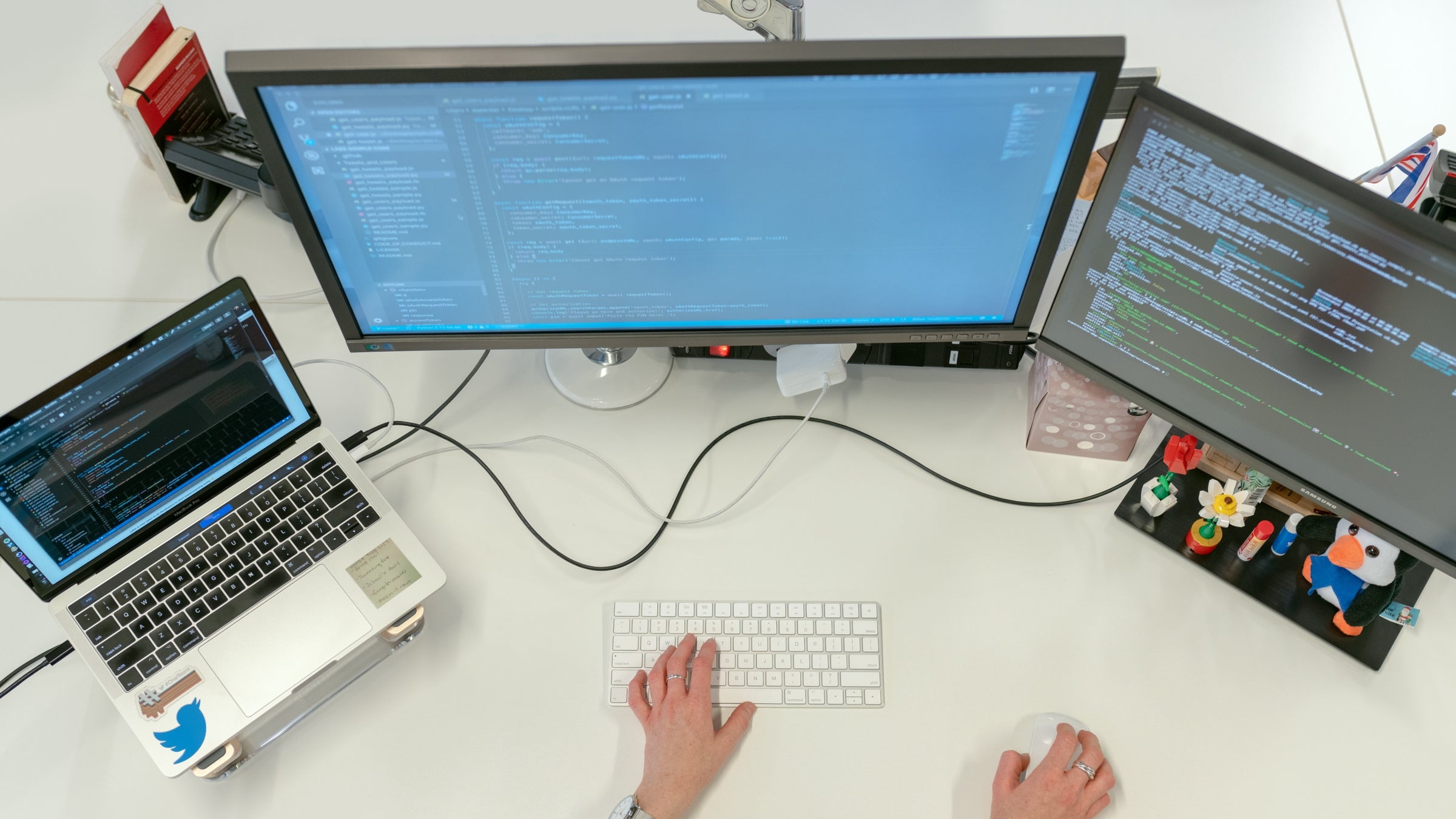Dedicated Developers vs. In-House Teams: Which Is Right for You?
The decision between utilizing devoted developers and keeping an internal group is a considerable one that can affect the trajectory of your tasks and total company strategy. Alternatively, internal teams add to a natural firm culture and a nuanced understanding of lasting goals.
Understanding Committed Developers
The growing need for specialized abilities in the technology sector has actually caused the development of specialized designers as a sensible option for several companies. These experts are generally contracted on a job basis, allowing business to leverage particular competence without the long-term dedication related to full time hires. Dedicated programmers are frequently ingrained within a customer's team, supplying flexibility and scalability to meet project needs.
This model allows companies to access a global talent swimming pool, which is especially useful in a rapidly progressing technical landscape. Dedicated designers can be sourced from different geographical locations, making certain that companies can find the ideal capability at affordable prices. They typically bring a wealth of experience and understanding, having actually functioned on varied tasks across different industries.
Additionally, dedicated programmers can focus specifically on the jobs available, improving performance and efficiency. They are outfitted to integrate seamlessly into existing workflows, working together carefully with in-house groups to achieve project objectives. This technique not just lowers the worry of employment and training yet also allows organizations to remain agile, adapting promptly to changing market needs and technical developments.
Advantages of In-House Teams

Additionally, in-house teams tend to have a deeper understanding of the firm's objective, worths, and goals. This placement can enhance employee interaction and motivation, as employee feel a lot more connected to their job and the organization's success. Furthermore, having a dedicated in-house group permits for better positioning of strategies and goals, as these members are continually concentrated on the business's concerns.
Internal groups also facilitate quicker decision-making processes, as they can react much more rapidly to difficulties and adjustments. The recognized partnerships and knowledge with business protocols permit streamlined process and minimized miscommunication. Eventually, the mix of a natural society, alignment with organizational goals, and effective communication makes in-house teams an important possession for several organizations, particularly those seeking to grow lasting development and technology.
Expense Factors To Consider
When reviewing price considerations, both in-house teams and dedicated developers present unique economic implications for organizations. Engaging specialized programmers commonly includes a pay-per-project or per hour price version, which can be cost-efficient for companies with changing project demands. This ecommerce website design price method permits adaptability in scaling sources up or down, ensuring that companies just spend for the services they require.
In comparison, in-house groups entail repaired expenses, including wages, benefits, and overhead expenditures such as workplace and devices. While this model offers higher control and prompt accessibility of resources, it may cause greater long-term expenditures, especially if the workload does not justify a full-time personnel.
Moreover, business ought to think about the hidden expenses connected with employment and training of in-house staff members, which home can better strain spending plans. In some cases, the time and sources invested on managing an internal team can diminish the company's core company purposes.

Task Management and Flexibility
Job monitoring and adaptability are important factors that influence the choice in between in-house teams and devoted designers. Dedicated teams frequently have developed processes for managing jobs effectively, leveraging particular methods like Agile or Scrum, which facilitate repetitive progression and adaptability.

Inevitably, the selection in between internal teams and devoted developers rests on the preferred level of versatility and the particular project monitoring needs. Firms must review their operational dynamics, project complexity, and resource schedule to figure out which option aligns ideal with their tactical purposes.
Making the Right Selection
Selecting the right advancement technique-- internal groups or devoted designers-- calls for a mindful assessment of numerous aspects that straighten with a firm's strategic goals. On the other hand, in-house teams can give much better connection and combination with existing personnel.
Next, assess your budget plan. Committed developers commonly present a cost-efficient option for temporary projects, while internal teams may sustain higher long-term expenses because of incomes, benefits, and overhead costs. Examine the level of control and partnership preferred; internal groups commonly cultivate more powerful communication and alignment with company society.
In addition, take into consideration the moment framework. If immediate outcomes are essential, dedicated programmers can be onboarded swiftly, whereas developing an in-house team takes time for recruitment and training. Weigh the long-term vision of your company. If constant development is essential, spending in an internal team might generate much better returns over time. Ultimately, the decision hinges on a thorough evaluation of these elements, ensuring placement with your business's operational demands and overall purposes.
Conclusion
In conclusion, the decision in between in-house sw engineer teams and devoted developers pivots on job demands and organizational purposes. Conversely, internal groups cultivate a natural culture and deeper alignment with long-term objectives.
The decision in between making use of specialized developers and keeping an internal team is a significant one that can influence the trajectory of your projects and total business method.Project monitoring and versatility are important elements that affect the choice in between in-house groups and dedicated programmers. software engineering staffing.In contrast, internal teams may stand out in keeping a constant project administration structure due to their knowledge with the company's culture and long-lasting goals. Committed developers commonly present a cost-efficient remedy for short-term projects, while in-house teams might sustain higher long-term costs due to wages, benefits, and overhead expenses.In final thought, the decision between internal groups and committed designers pivots on project requirements and organizational purposes